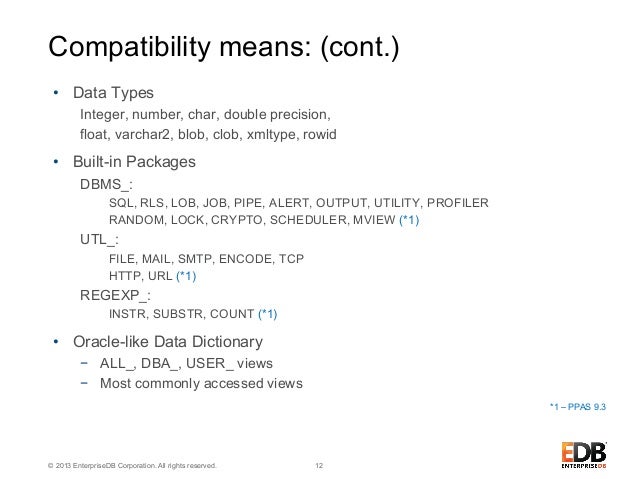The functions vary in how they determine the position of the substring to return. INSTR calculates strings using characters as defined by the input character set. Oracle Database begins the search. In SQL Server, you can use CHARINDEX function that allows you to specify the start position, but not the occurrence, or you can use a user-defined function.

They are easy to understand but sometimes we get bit of confused while actually implementing them. If search pattern is not in the string, the INSTR function returns 0: 5. If the INSTR pattern is not foun then the entire string would be returned: 7. Get the sub string position by using instr : 8. Ise INSTR to format a column: 9. Use substr and instr to extract column. If the sub-string is not foun then instr will return 0. I want to search multiple sub-strings in a string and return the first non-zero value. How to split comma separated string and pass to IN clause of select statement.
Arunkumar Ramamoorthy Consulting Technical Manager. Following are important rules to follow along with syntax exemplifying the implications of the rules. The first character of string is at start_position 1. The condition col= colis more expensive computationally than comparing coland colto literal values. SUBSTR and INSTR are used together: 7. You also can use the laws to change a condition into its opposite. The path information is computed by the RESOURCE_VIEW view, which you query to use this condition.

Need a hand getting up and running? Here is a walkthrough of the software installation, and here is how to get your first database created. The oracle INSTR function returns the location of a sub string in a string.
The search is case sensitive. Where, stringis the string to search. The SQL INSTR function allows you to find the starting location of a substring within a string. It’s worth you while to get acquainted with basic SQL functions such as INSTR.
If you are confident that the last name comes LAST, use the INSTR function to work backwards from the end of the full name to the first blank. When the ALL condition is followed by a list, the optimizer expands the initial condition to all elements of the list and strings them together with AND operators,. ALL, ANY and SOME Comparison Conditions in SQL.
The InStr function returns the position of the first occurrence of one string within another. If trim_character or trim_source is a character literal, then it is necessary to enclose it in single quotation marks. Easy to explain: if there is no pipe character, then INSTR () will deliver a 0. You better start by defining a variable port v_pos of type integer to hold the return value of INSTR ().
This chapter explores the first two types and shows you how they can be nested inside one another. This chapter is from the book In almost every program you write, you need to make decisions. For example, if it is the. Example : MySQL INSTR () function with WHERE clause The following MySQL statement returns a list of books (in the first column of the output) if string 'an' is found within the name of the book, and an integer (in the second column of the output) indicating the position of the first occurrence of the string 'an' within the name of the book. The INSTR function in SQL is used to find the starting location of a pattern in a string.
IIF() IIF(): IIF is a function which returns true or false depending upon the Boolean expression given. It needs parameters viz. Boolean Expression, returning value if condition is true, returning value if condition is false. It doesn’t evaluate all conditions before comparing the first one to the expression. How Many Conditions or Arguments Can a CASE Statement Use?
Instr () Equivalent in SQL Server. Microsoft SQL Server Forums on Bytes. I see SQL Server has CHARINDEX() which is similar, however it does not provide some key.
Hiç yorum yok:
Yorum Gönder
Not: Yalnızca bu blogun üyesi yorum gönderebilir.